LG Google TV Review
by Jason Inofuentes on October 2, 2012 9:00 PM EST- Posted in
- Google TV
- Media Streamer
- Media Player
- LG
- Honeycomb
- Android
- LG L9
- LG G2
I’m really not sure how it happened. Despite our coverage of so many different streaming boxes over the years, we somehow never reviewed Logitech's Revue, their entrant into the Google TV space. We took a long hard look at a Sony BluRay/Google TV combo; but despite having had our hands on just about every piece of tech running Google TV that remains, until now, our only review. Perhaps, and this is serious, the other editors that had handled the gear felt just how unfinished the product really was; and knew it would be a labor of love to slog through it. Wish they’d tipped me off. We’re expecting big things from Google with regards to Google TV in the next few months, certainly by CES. So, we figured, before we see what’s next, let’s look at what’s best. And so, we have the LG Google TV. ::Nods head::
Let’s back-up a bit and look at where we’ve been.
Before Netflix popularized the idea of streaming video to devices of all shapes and sizes, one group was working hard to make that sort of thing a reality in their own homes, HTPC DIYers. I built a huge noisy machine for playing back local content and handling web video, and continually upgraded it from about 2005 until . . . well, today. Gradually, some media playback devices started to trickle out from the likes of Asus, Popcorn Hour and Western Digital, that filled this role. These devices generally used cheap MIPS based SoCs to drive playback of compressed video streamed from attached storage or locally on a network. Underpowered in terms of compute, their UIs were often sluggish, and codec support often wasn’t extensive, so it was important to ensure your files were encoded to match your player. These weren’t bad solutions, but Netflix would stymie their popularity.
When Netflix’s streaming services exploded in popularity, one theretofore unknown company was ready to step in. Roku made what first seemed like an absurdly single purpose device. Its internals weren’t too different from the streamers that had preceded it, but instead of focusing on local content, the little black box was built to stream Netflix on your big screen. The low entry cost of the box (just $99), and the popularity of the Netflix service was a match made in heaven. While Roku’s sales aren’t in the vicinity of, say, the Xbox 360, it certainly exceeds all the streamers that had preceded it, combined.
The explosion of popularity of streaming services inspired many playback devices, and the systems were integrated into TVs, DVD and BluRay Players and, fatefully, game consoles like the Xbox 360. Microsoft’s game console is as well equipped a media player as it comes, with local and network media playback, as well as access to all of the major streaming services’ wares. Parallel to this, though, was Apple TV. The minuscule Apple TV was limited in all the right ways. It was locked into the iTunes store for all of its content, and had little to no storage. Indeed the earliest versions were 720p devices that didn’t impress in picture quality. What Apple TV did have going for it was expectations. Users had already seen how Apple’s iOS was blessed with new features that extended the platform's capabilities, and hoped to see the same for the odd, corded cousin. In particular, users wanted apps.
Today, when your smartphone doesn’t natively do something, you get an app. Operating systems, even mobile ones, can’t be constantly and infinitely updated to provide new functions or experiences. iOS development proved that fast and cheap development cycles freed them to experiment with services and experiences in a way that traditional PC development lacked. The result was an explosion of apps designed to alter and enhance everyday behaviors. To media player enthusiasts the idea of a little TV box with apps would be a great way to see innovation where it is so desperately needed.
Apple TV still doesn’t have an appstore. And the limited apps available leave it at best with parity in the market. Where the Apple TV has broken new ground is AirPlay. A long standing geek dream is to be able to effortlessly send a video from one device to another, wirelessly. AirPlay does this so seamlessly, the TV becomes a compliment to the iPad, in an odd role reversal.
Originally announced at Google I/O 2010, the Android on TV implementation was hotly anticipated. On its release, though, it fell far short of expectations. The Android 2.x underpinnings were obfuscated by a 10-foot UI whose biggest feature was integration with Google Search. The combination of Google Search with the index of available streaming and local listings made it possible to find available content related to your search terms simple. But the rest of the affair was clunky. Though available in a satellite TV STB, and integrated within a Sony set, Google TV was always somewhat offset from the actual television watching experience. Indeed, even in the Dish DVR into which it was integrated, it was possible to have UI elements from the STB overlaid atop Google TV UI elements, and have no clear way to eliminate one or the other separately.
Apps were limited to a small handful, and no app marketplace was initially included. Instead, Google’s Chrome browser was provided, so that users could simply surf to the content they wanted. Unfortunately, many content providers weren’t willing to share and left Google TV devices off of their whitelists, so services like Hulu Plus were unavailable. And perhaps most damning of all, performance wasn’t up to snuff. Based initially on x86 Intel hardware, first generation Google TV software never delivered a smooth UI experience, and even had issues with smooth Flash HD video playback.
As these first generation devices floundered, we were left befuddled about why this all seemed to be going so wrong. No one had, nor has yet, put together that perfect combination of components and software to deliver the perfect big screen experience. Typical STB silicon is underpowered for UI and 3D performance, and even when it’s given a little more oomph, as in Intel’s SoC hardware, it still fell short. In the meanwhile, software could deliver some excellent experiences, but fall so short in others.
A number of software updates came that moved things along a bit. Transitioning Google TV to an Android 3.x platform was meant to make it easier for Android developers to design apps that would work across phones, tablets and televisions, using a design framework they pushed heavily at Google I/O 2011. The Honeycomb builds also improved UI responsiveness, though hardly perfected it. The App Marketplace (later renamed Google Play Store) arrived, but the initial run of apps were a bit mundane.
We set off for CES 2012 with little enthusiasm for the space, even as we knew that “smart TVs” would be the new big thing all the OEMs would be pushing. But that hopefulness reared its ugly head again as we learned about some big changes for Google TV, both in hardware and software. All second generation Google TV devices would move to ARM silicon, including SoCs from Marvell (long a player in the video silicon space) and a surprise entrant, LG. Korea’s LG would also play a role in a big software change for Google TV, the first skinned implementation. Skins over Android are rarely something to get excited over, and can often be a detriment to performance, but the reality was that the bar was so low with Google TV that anything that could inch it up would be considered a blessing.
And so, here we are. With a 47” LG G2 Google TV enthroned atop our entertainment center and all wired up. And what do we think? Sigh.


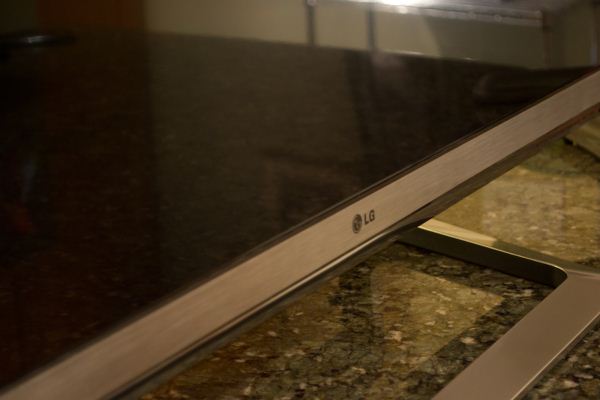
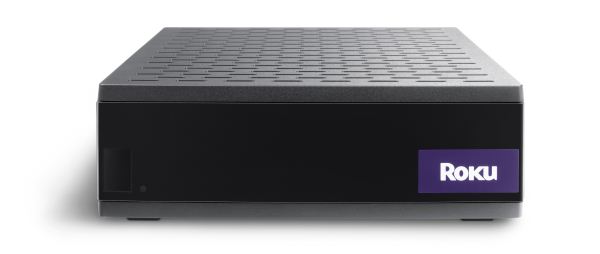
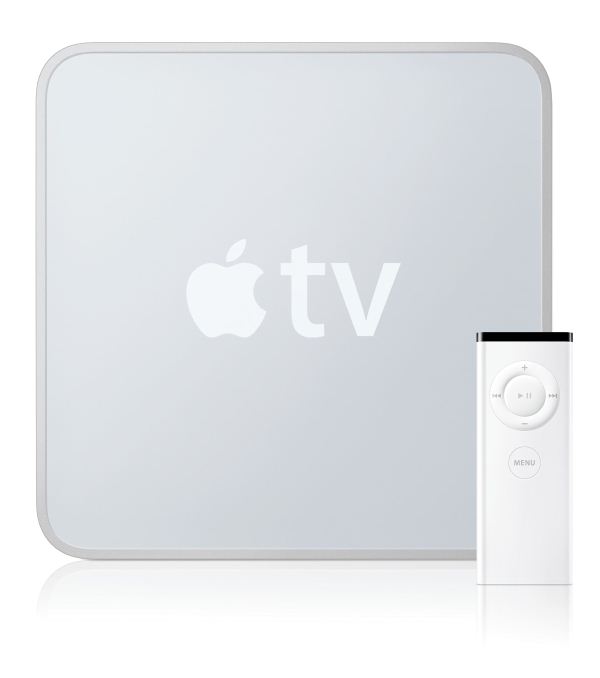
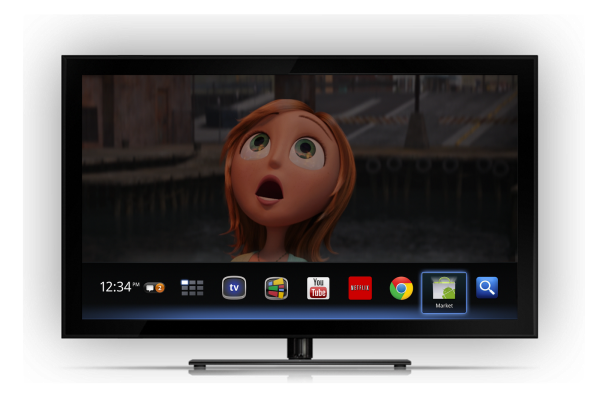
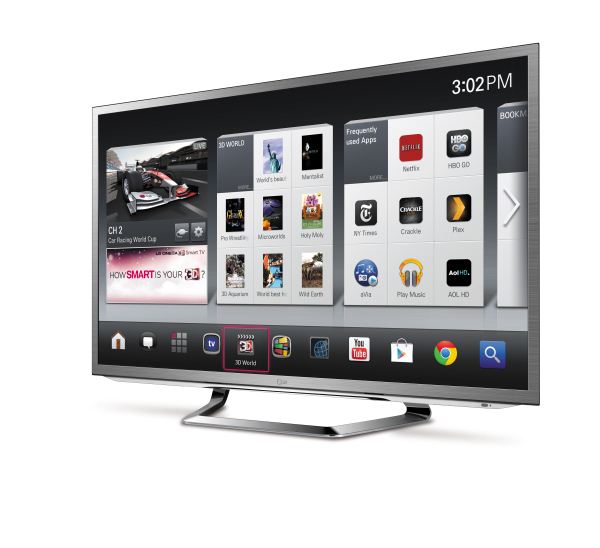








50 Comments
View All Comments
cjb110 - Wednesday, October 3, 2012 - link
Having recently bought Sony's standalone box, I'd agree. I think its more powerful and better than SmartTV's. But it needs more focus from GoogleChrome is good, but its a different version than now on the tablets/phones, and missing useful things like page sync.
And I know Google/Apple want us to live in clouds, but until they launch all their cloud products worldwide, people need alternatives...so I think Google should have put more effort into allowing people to access content they already have. DLNA/UPNP would have been good.
Also their Play Store is a little to restrictive, the OS is better at handling apps built for other devices than they give it credit for, allowing apps to be installed with a warning would expand the ecosystem instantly.
JasonInofuentes - Wednesday, October 3, 2012 - link
I'll agree across the board on this, though some of it isn't Google's fault. Google doesn't want to be on the hook for providing every aspect of the experience, and one piece they've always left to partners is the DLNA/UPNP component. I'm pretty sure all their devices are capable, but they leave it to the partners to provide an app to handle this content, and most do, eagerly, so that they can rebrand it and confuse the market. By calling it AllPlay or some such, they create FUD that their device will only work with similarly branded devices.And you're definitely right, the Play Store does have a lot more potential and loosening a few of the filters could go a long way. But then again, look at how many apps these days rely on portrait mode. Or have a very touch centric UI (I'm thinking particularly of touch and drag gestures). It could get really messy. Instead, simply green flagging apps could work, but then you need testers.
Thanks for the comments.
GotThumbs - Wednesday, October 3, 2012 - link
Even Though this is a break from the norm, it is based on current and upcoming technology. Down the road, I see the TV as the main interface for accessing phone, web, and home digital content. Every house will have its own server and devices will link to it for content or management. Items such as coffee makers will be wireless and link to your server for software updates as well as programming.I have an LG 5700 Smart TV. Even Though it does not use the same Google TV skin, I've found it very easy to watch the movies stored on my server. While the web browsing is sluggish and limited, I think this is a good start and look forward to the next generations of smart TV's that will be more powerful. Adding a touch screen capability for smaller tv's in kitchens would be cool as well.
Overall, I think the concept is good and now it's just a matter of getting up to speed for those of us who will put the technology to use sooner than the general public.
prophet001 - Wednesday, October 3, 2012 - link
I know next to nothing about color spaces or monitor calibration.However, based on your definition of color gamut shouldn't the screen perform better? It looks to me like barely half of the color space is reproduced by this television.
How is that a "good" color gamut?
cheinonen - Wednesday, October 3, 2012 - link
On the CIELUV chart that Jason uses (which is more accurate than the more common CIE xy chart), the goal isn't to cover the entire gamut, but to correctly align the color points of the TV with the points on the inner triangle (the black lines with + symbols on the points that you can see in the chart).While the TV might have a larger native color gamut than the HDTV/sRGB target, HDTV content doesn't support that larger gamut, so if it were to use it, you would actually be seeing colors that are incorrect and distorted from the intended targets. This is what you can actually see with some OLED screens on phones, as they produce a much larger gamut than the sRGB standard, but don't have the capability to correctly map sRGB content to their correct locations.
So in an ideal world, we would cover the entire NTSC gamut (which is what the full CIELUV color area represents), but we don't have content that can use that, or display technology that can display all of it, so we use a subset of it. The important thing is to map to that subset correctly, as otherwise colors appear distorted and unnaturally bright and vivid.
JasonInofuentes - Wednesday, October 3, 2012 - link
+1 to Chris, our resident displays expert. Thanks.prophet001 - Wednesday, October 3, 2012 - link
Great explanation. Thank you very much :)org - Wednesday, October 3, 2012 - link
I have despaired of getting a capable, polished local media/streaming box that I just have to plug. I have now an HTPC but it is not satisfactory for all the things I want.I preordered the OUYA, that should get close to want I want once I install XBMC on it.A controller will probably not be as good as a good remote control, but it will be definitely better than a bad one. And as an extra, I can play games on it. Not that into Android games, but a SNES emulator would be awesome. I can even play PC games with a desktop streaming solution like Splashtop. Maybe install a tv tuner on my file server and use Plex Server + XBMC...
I'm actually pretty excited!
JasonInofuentes - Wednesday, October 3, 2012 - link
This, though, is why things like Google TV are such risky ventures. They need to make it truly plug and play so that it gets wide acceptance. But if it requires lots of tweaks on the user's part then it'll never spread. Plex and XBMC and even Windows Media Center are all great products, that require quite a bit from their users to work perfectly. It's the list of necessary user behaviors that has to be pared down for success. Good luck with the OUYA, though; let us know how it works out.Jason
cjs150 - Wednesday, October 3, 2012 - link
The end result should be a system (whether standalone or as part of a TV I do not care) which plays everything whether stored on a NAS, streamed from the internet, DVD/Blu-ray or just ordinary TV - ideally you would throw cable into this as well but I have given up on cable companies ever seeing any sense.My perfect end result connects through high end AV equipment to deliver 5:1 surround sound and has one remote control for all.
Google TV is a long, long way from that but I have to accept that what I, as a geek, am willing to accept and what the average person wants are likely to be different. I can put up with separate boxes, funny file naming conventions etc. The average person wants something that just works - if it looks pretty as well that is a bonus.
Apart from any optical drive, it is already relatively easy to build a system that is completely silent, capable of ripping all CD/DVD and Blu-ray on to storage, will transmit 1 or 2 HD streams that are very nearly identical to watching directly from a Blu-ray player. Sound quality is good, TV capture (apart from cable) has been pretty good for years.
The problems with such a system are (a) software and (b) remote control.
The software issue revolve around lack of compatability with file formats, the ability to play blu-rays, file naming conventions to name just the big areas. I like both XBMC and WMC, both have strengths and weaknesses but neither are ideal because neither really take into account how we will consume media in the future. Simple example, I want to watch a movie: it might be on a blu ray disc, it might be stored locally on a hard drive or on NAS or I might stream from Netflix, Amazon or one of several other providers or I might simply want to browse the web. I should be able to effortless move through the various options. Currently that is not easy unless you want to spent some time setting up the system and coding.
Remote controls are interesting. Both Sony and now LG have come up with something that has a lot of potential to act both as a traditional RC as well as a keyboard for web browsing etc. To really become very useful they need to look at the Logitech Harmony range of RC with the "Activities" where one button starts a macro to do a whole series of things - but improve on the Logitech software so that there is real intelligence (i.e. remember that the TV is on so do not try and switch it on when moving from one activity to another). Ultimately (and this is already in development but still very early days) we need to move to using an Ipad or Android tablet as a remote where lots more information can be presented.
Long winded post I know. I like what Google and LG are trying to do, but this is barely even a beta product and far too immature to adopt now